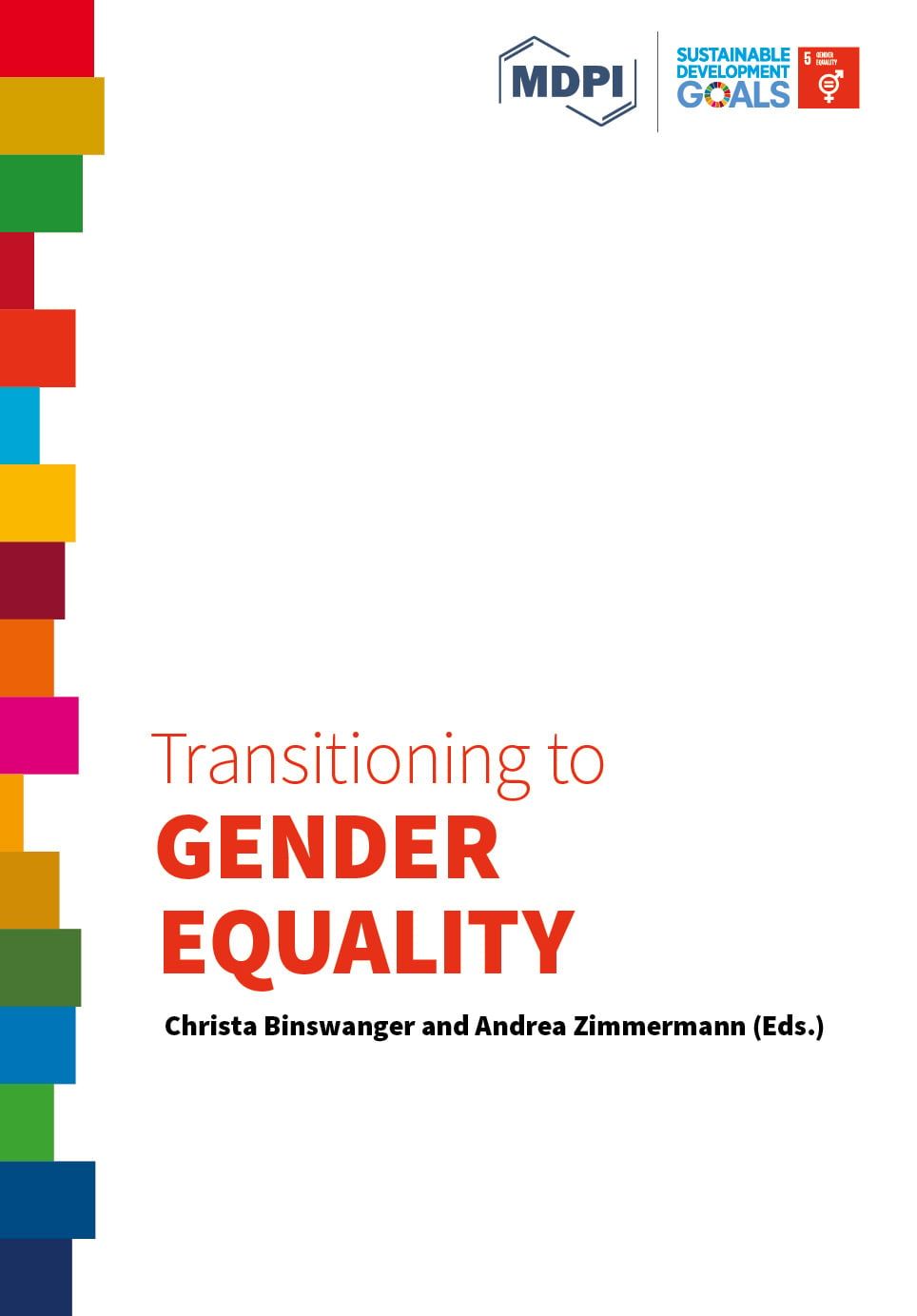Transitioning Gender Equality to the Equality of Sexgender Diversity
Abstract
In this article, I will show that achieving sustainable “gender equality” is
possible only when sexgender is seen as a whole, that is, when human rights are
extended to those who are intersex, trans, and sexgender non-conforming. This
transformation is shown in the 2006 Yogyakarta Principles (YP) and the 2017
addition to them, the Yogyakarta Principles Plus 10 (YP+10), in their extension of
Human Rights Law in the years 2006 and 2017, based on sexual orientation, gender
identity, gender expression and sex characteristics (SOGIESC). To do so, I will take
the word transition literally in the sense of trans-ness, and will use the concept
of “trans-” as an intersectional approach to sexgender diversity. I will also use
the neologism “sexgender” as an umbrella term to include the diverse spectrum
of sexes and genders. Furthermore, data gathered on the situation of sexgenderdiverse
people worldwide, as well as claims made by intersex, trans and sexgender non-conforming activists, will support my conclusion that the SDG 5 must adopt a
broader understanding of sexes and genders in order to do justice to intersex, trans,
and sexgender non-conforming children and adults.
